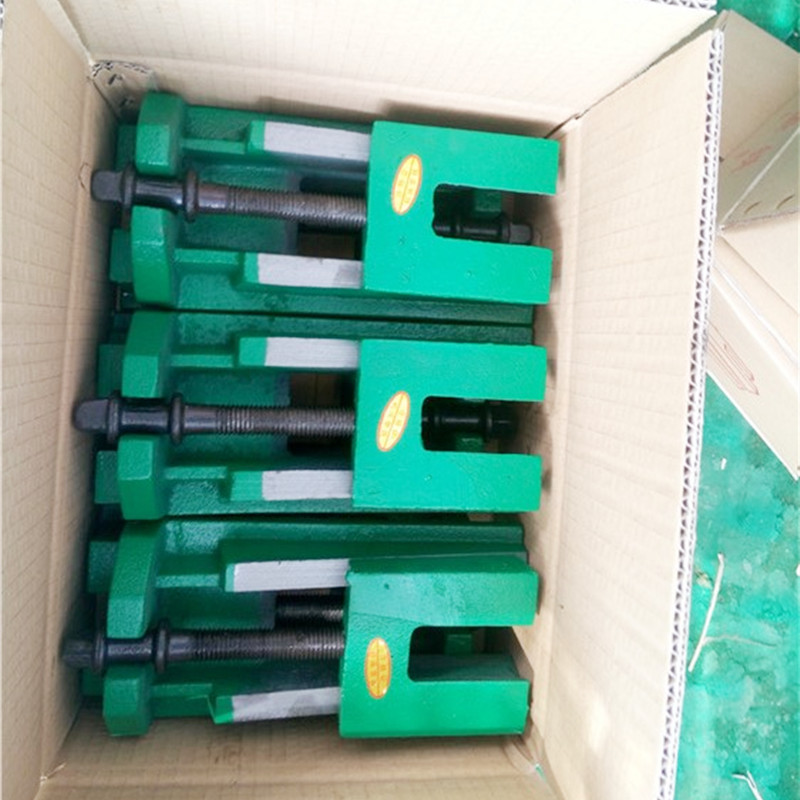नोभ . 11, 2024 00:35 Back to list
Exploring Different Variations of Gate Valves and Their Unique Functions
Two Types of Gate Valves A Comprehensive Overview
Gate valves are a crucial component in various industries for controlling the flow of fluids in piping systems. They are primarily used for on/off applications rather than for throttling purposes. Among the different types of gate valves available, two notable types stand out the Wedge Gate Valve and the Parallel Gate Valve. Each type has unique design features and applications that cater to specific operational requirements in industrial settings.
Wedge Gate Valve
The most common type of gate valve is the Wedge Gate Valve. This design features a gate that is wedge-shaped and fits into the valve seat when closed. The wedge design provides a tight seal, which is essential for minimizing leakage and ensuring that the flow is fully stopped when the valve is closed.
One of the key advantages of the Wedge Gate Valve is its ability to handle high pressure and temperature conditions. The wedge design allows for a stronger seal under pressure, making it suitable for applications in oil and gas pipelines, water supply systems, and chemical processing. Wedge Gate Valves are also relatively easy to operate, as they typically require only a quarter turn to open or close, allowing for rapid shutoff capabilities.
However, Wedge Gate Valves are not ideal for throttling flow, as partially opening the valve can lead to turbulence and potential damage to the valve over time. This limitation makes them primarily suitable for fully open or fully closed applications. Additionally, the physical characteristics of the valve can sometimes make it challenging to achieve a good seal in applications with varying pressure conditions, which may lead to operational inefficiencies.
Parallel Gate Valve
two types of gate valves

In contrast, the Parallel Gate Valve showcases a different design and operational principle. Instead of a wedge, this type of valve utilizes two parallel plates that slide against each other to create a seal when closed. The parallel alignment allows for smoother operation, particularly in applications where frequent opening and closing cycles are required.
One significant benefit of the Parallel Gate Valve is its ability to provide a consistent seal under varying pressure conditions. Because the plates are parallel, the force applied during the closing process is distributed evenly, allowing for a more reliable shutoff. This feature is particularly advantageous in waterworks and wastewater treatment facilities where the pressure can fluctuate significantly.
Moreover, the Parallel Gate Valve can effectively manage throttling situations, providing better control over fluid flow compared to its wedge counterpart. This versatility makes it suitable for use in a wider range of applications, including irrigation systems, HVAC systems, and industrial water handling processes.
On the downside, Parallel Gate Valves tend to be more complex in design, which can result in higher manufacturing and maintenance costs. Additionally, the dual-plate system may be more susceptible to wear and tear over time compared to the single wedge design, which could potentially lead to higher replacement needs.
Conclusion
In summary, both the Wedge Gate Valve and Parallel Gate Valve serve essential functions in fluid control systems, yet they cater to different operational needs. The Wedge Gate Valve is favored for its ability to handle high pressure and temperature environments, making it ideal for use in the oil and gas industry. Conversely, the Parallel Gate Valve excels in applications requiring precise flow control and reliability under variable pressure conditions.
When selecting a gate valve, it’s essential to consider the specific requirements of the application—including pressure, flow rate, and frequency of operation—to determine which type of valve will provide the best performance and efficiency. Understanding the distinctions between these two types of gate valves is fundamental in ensuring safe and effective management of fluid flow in industrial systems.
-
Why Metric Trapezoidal Thread is Ideal for Precision Motion ControlNewsAug.05,2025
-
The Unique Properties of a Block of Granite for Industrial UseNewsAug.05,2025
-
The Role of Flanged Y Strainers in Preventing Pipeline ClogsNewsAug.05,2025
-
The Importance of Regular Calibration for Master Ring GagesNewsAug.05,2025
-
How a Cast Iron Surface Table Enhances Accuracy in ManufacturingNewsAug.05,2025
-
Comparing Different Check Valve Types for Optimal Flow ControlNewsAug.05,2025
Related PRODUCTS









